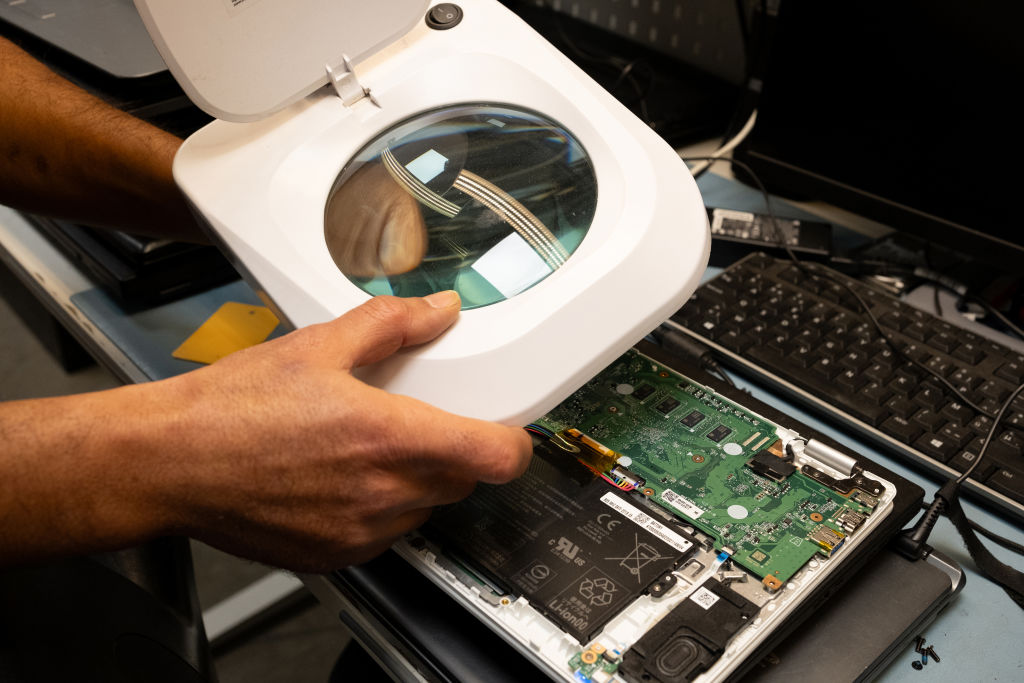The European Court of Auditors (ECA), the European Union’s finance watchdog, has issued a warning about what it said was the growing risk of so-called double funding under the bloc’s Recovery and Resilience Facility (RRF) — the €648 billion post-Covid instrument designed to support reforms and investments across member states.
On October 21, the ECA highlighted what it said was a serious flaw in the RRF’s system – the lack of adequate controls to prevent the same projects from being funded twice under different EU mechanisms.
“Double funding is a misuse of EU funds and a waste of EU taxpayers’ money. And yet, the safeguards in place are largely insufficient,” Annemie Turtelboom, the ECA member responsible for the audit, said in a statement.
In response to the report, the European Commission rejected the majority of the auditors’ findings, arguing it was primarily for member states to detect and prevent any such financial duplications.
“The RRF Regulation provides that the primary responsibility to prevent, detect and correct double funding lies with the Member States, ” the commission wrote.
Yet Turtelboom reported: “The RRF funding model was supposed to bring simplification. But simplification should not come at the cost of weakening the protection of the EU’s financial interests,” she added.
A significant concern aired in the report was that a portion of RRF funds may not be directly tied to costs, creating a loophole where it was unclear if the same outcomes or results were being funded more than once.
While the European Commission has long maintained a rule against double funding — meaning that the same costs should never be paid for twice by EU funds — the ECA argued that principle was poorly enforced.
It gave the example of Austria’s construction of new railways and electrification of regional railways. According to the auditors, that has been funded both by the RRF and another EU fund, the Connecting Europe Facility (CEF).
The ECA pointed out that Austria could claim funding from both the RRF and the CEF for the same sections of the railway line.
Other instances disclosed by the ECA included reforms and “zero-cost” measures, where no direct costs were listed. The auditors claimed the European Commission has failed to clarify what qualifies as a cost, leaving these initiatives vulnerable to potential double financing.
An example given was that of Malta’s reform promoting remote working in the public services.
“This measure was considered zero-cost because Malta had not put forward any cost estimates. However, the reform required at least 140 workstations to be made operational, an underlying investment that entailed concrete, significant and easily measurable costs.
“According to the Maltese authorities, these workstations were financed by national funds,” the ECA wrote.
It also pointed to further challenges in tracking spending, highlighting what it said were fragmented IT systems and poor data sharing making it difficult to cross-check for double funding. The auditors also criticised the underuse of key tools such as “Arachne”, a data-mining tool designed to help identify fraud and associated irregularities.
The commission insisted, “Where double funding is identified but not corrected by the member state through a recovery of funds from the final recipient, the Commission can recover RRF funds directly from the Member State.”





